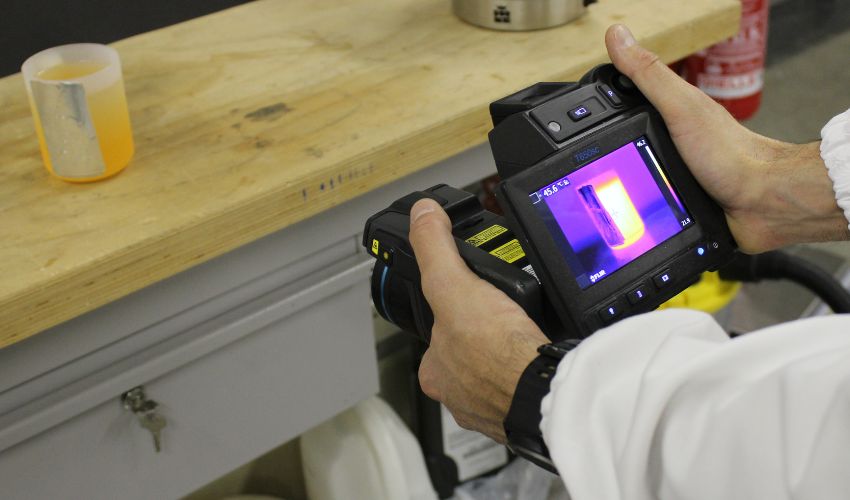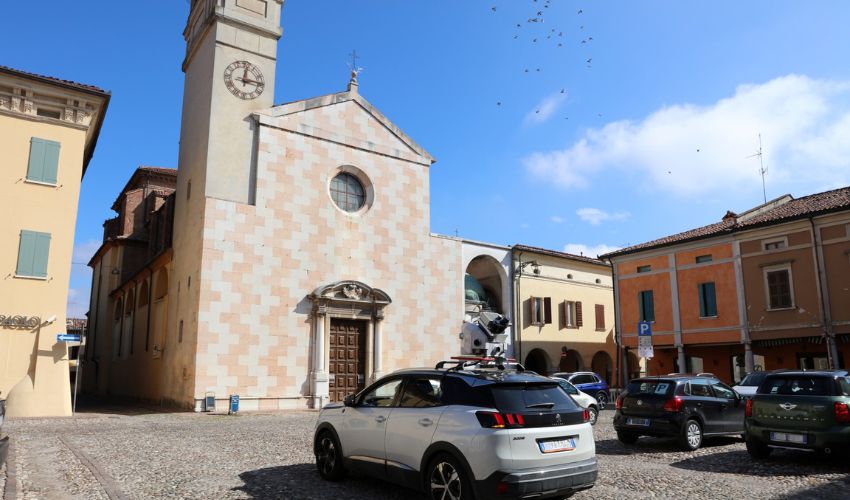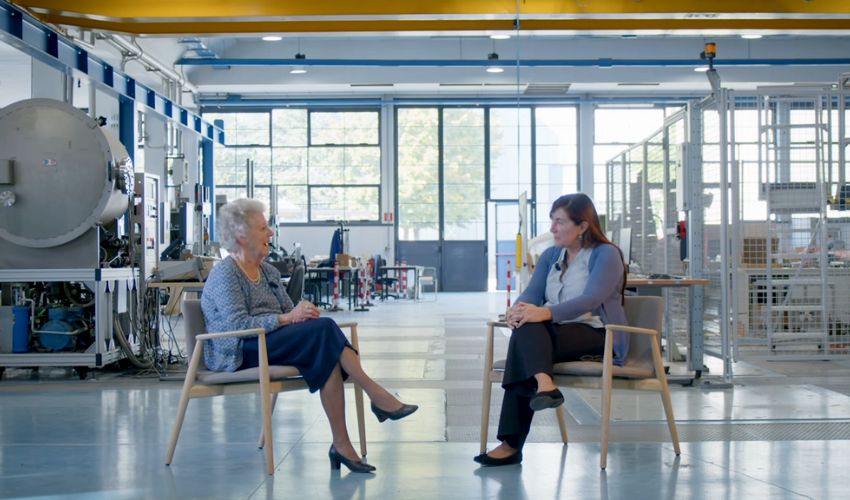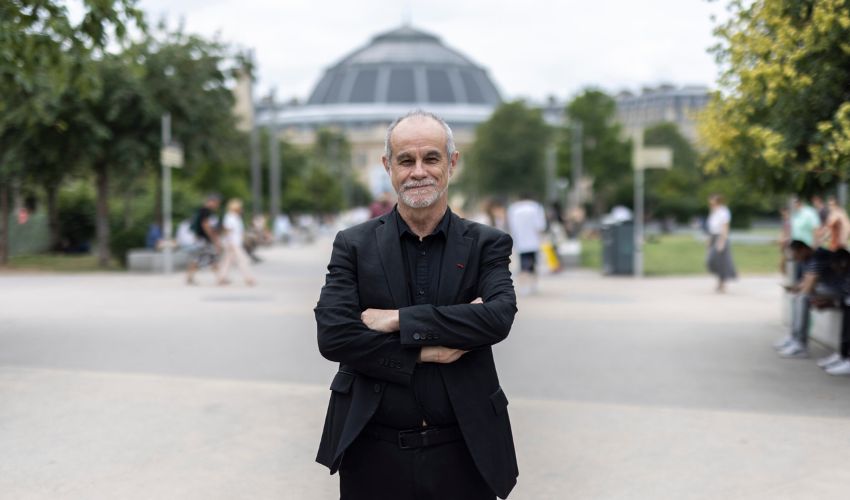
The year that is drawing to a close has seen us celebrate the 160th anniversary of the Politecnico di Milano. An important milestone, an impressive span of time during which we have been on a journey of continuous discovery, training and research.
“160 years of history have taught us that true innovation is based on an awareness of the past and a vision of the future,” said the Rector of the Politecnico di Milano, Donatella Sciuto, at the opening of the academic year.
This synthesis between tradition and vision is the basis of scientific research, especially at the Politecnico, as we have always said in Frontiere.
This month we relive the 1883 premiere of La Scala, illuminated for the first time by electricity. We will retrace the fascinating life of Amalia Finzi and rethink the future of our cities, building on the experience of the past. Looking to the future at this historic moment can only be represented by Artificial Intelligence, a field in which our University intends to establish itself as a centre of reference. We then see one of its applications at work in the picturesque Renaissance town of Sabbioneta. And to keep warm in the final days of 2023, we will visit the ThermaLab, where heat is studied.
This is certainly not the end. The challenge today, at 160 years and counting, is to continue to look forward with the same curiosity and thirst for knowledge as a child. The poet Chandra Candiani, whom we will meet again in one of our forthcoming interviews, writes: “A good practice prior to any other is the practice of wonder. Practice not knowing and wondering”.
See you next year, with many new research stories.

AI at the service of urban accessibility
The cobbled streets, cobblestone pavements and the varying heights and widths of streets that characterise Italian historic cities and villages are part of our heritage. Often, however, they turn into insurmountable obstacles for those with mobility difficulties.
Through the use of Artificial Intelligence, Daniele Treccani, from the UNESCO Research Lab at the Mantova campus, was able to identify and analyse the differences between different pavement types and their implications on urban accessibility. This is an innovative approach that not only provides valuable information to improve the infrastructure, but also lays the foundation for a more inclusive and citizen-friendly urban design.
He takes us to Sabbioneta, a UNESCO World Heritage site since 2008 along with the nearby Mantova, famous for its Renaissance character and its historic walls.
Inside the laboratory that studies heat
This cold December, we take you on a tour of our laboratory dedicated to the study of heat, ThermALab. We went to the Department of Energy, where numerical and experimental research is carried out in the field of heat exchange.
Our guide is Damiano Fustinoni, a technician who does research here and teaches technical physics courses. He will introduce us to the different machines in the ThermaLab, show us how to ‘photograph’ heat with a thermal imaging camera, and explain the benefits of the lab’s energy-saving activities. But that’s not all: with him, we will reflect on the meaning of research, from what we do in the laboratory to what we do within ourselves.

Impronte Politecniche – Amalia Ercoli Finzi
“Orbital mechanics is a kind of dance and when I look at the stars I imagine that everything moves in harmony, it is the music of the orbits that pulls me in and takes me there”.
Amalia Ercoli Finzi, 86 years old, Honorary Professor of Space Flight Mechanics at the Politecnico di Milano, looks back on her professional and personal career in a conversation with Professor Michèle Lavagna, her former student: “Amalia Ercoli Finzi has always been a special point of reference, a source of strength and a source of energy for many students. The enthusiasm and joy she conveys is a precious gift that I have enjoyed being a part of.”
The debut of electricity with Giuseppe Colombo
Do you know which was the first public building to be lit by electricity in 1883? It was the Teatro alla Scala in Milan, on the day of the première. On this December evening, 2,450 light bulbs illuminated the production of Gioconda by Amilcare Ponchielli.
Behind this innovation was Giuseppe Colombo, the second Rector of Politecnico di Milano and who had visited Thomas Edison’s laboratories in the United States and purchased the rights to use his patents in Italy. Many months before using electricity for theatrical purposes, he built the first thermoelectric power station in continental Europe in the heart of Milan, in Via Santa Radegonda, just a few steps from the apse of the Duomo. We tell you this fascinating story of technological foresight.

The inventor of the 15-minute city
You may have heard of the ’15-Minute City’. At the event CHANGE – Technology and creativity for sustainable development, organised by Politecnico di Milano and Corriere della Sera, we met Carlos Moreno, the theorist behind this paradigm.
From Colombia, he is a professor at the IAE – Sorbonne University of Paris and co-founder and Scientific Director of the ‘Entrepreneurship Territory Innovation’ (ETI) laboratory. In Paris, he worked to realise the model of the 15-minute city in which all services in the neighbourhood are within easy reach, focusing on reducing commuting by car in favour of walking and cycling to combat climate change, encourage the development of local economic activities and redevelop public spaces with a view to people instead of cars.
